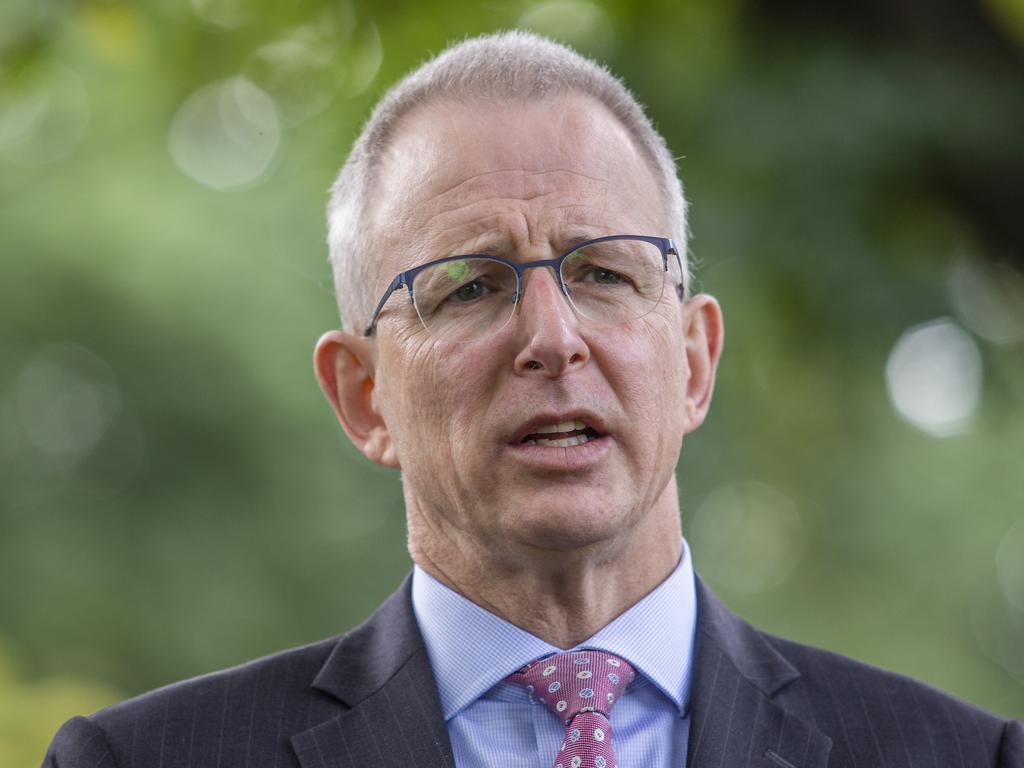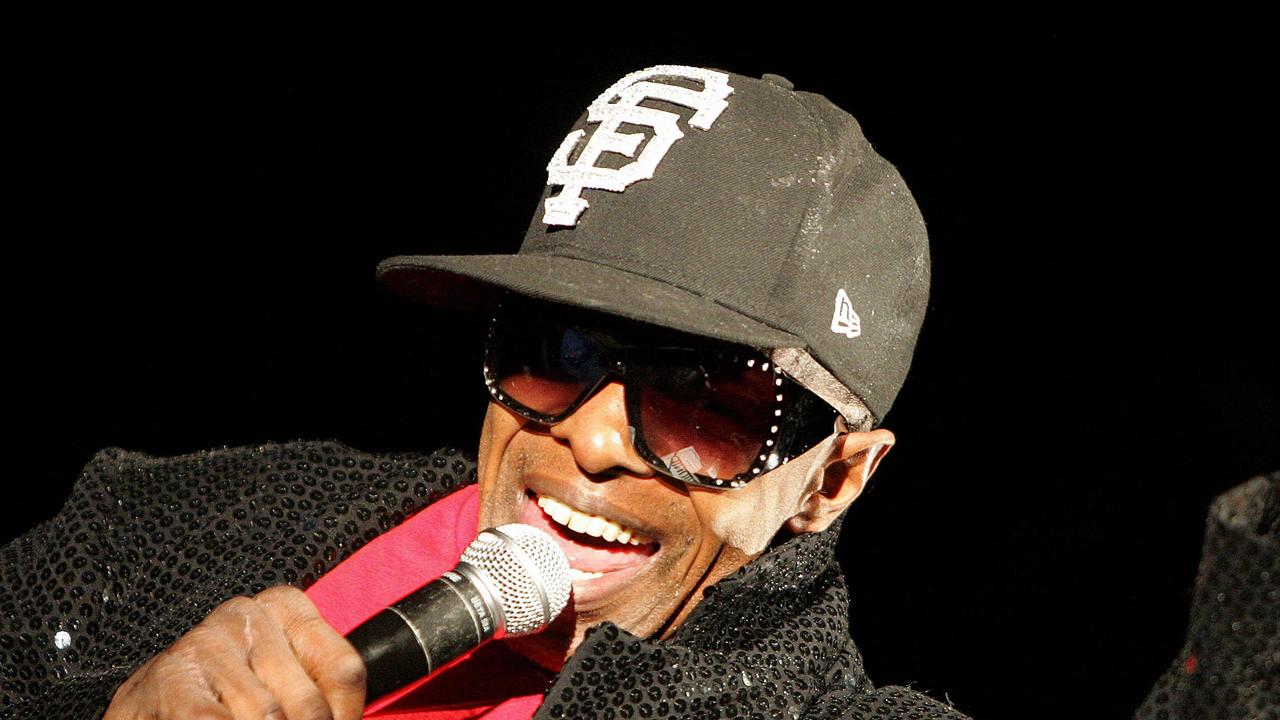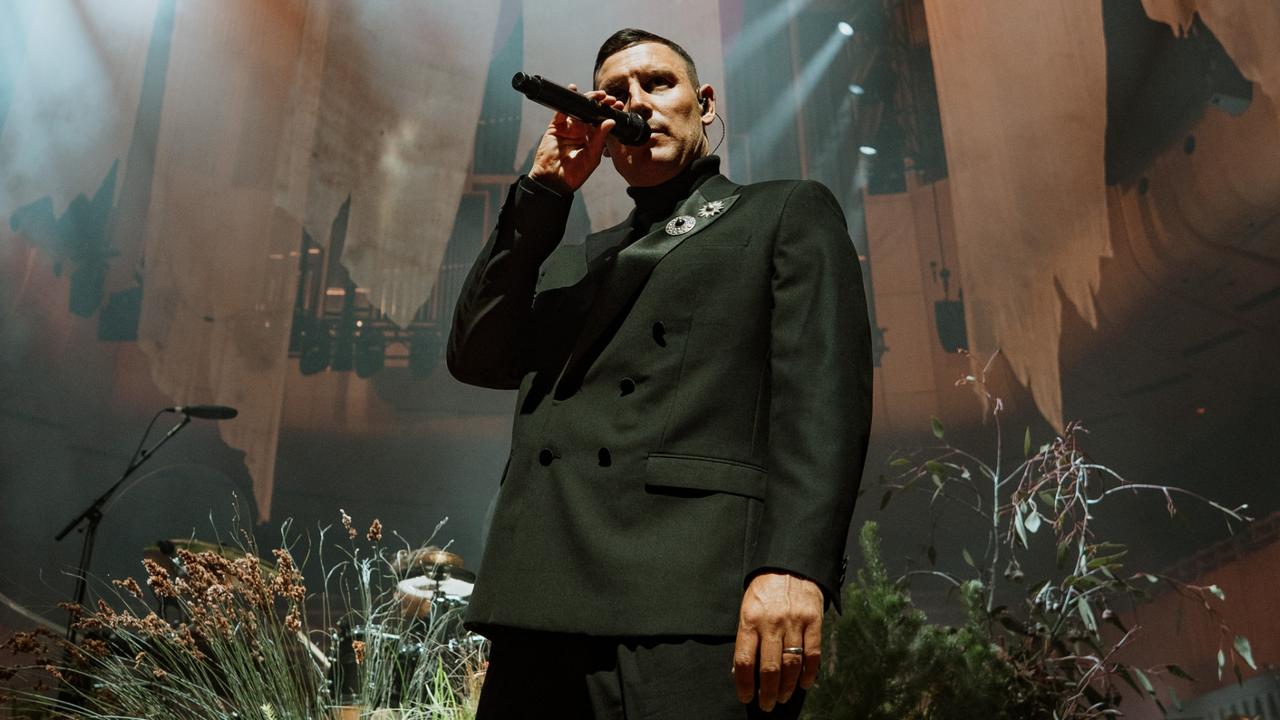Why Australia’s arts sector struggles to tell its own story
The arts industry is failing to gain funding because it is selling a message its salespeople don’t believe to an audience who don’t accept what they are hearing.

The arts industry is failing to gain funding for its cause because it is selling a message that its salespeople don’t believe to an audience who don’t believe what they are hearing, according to a confidential review commissioned by the sector’s major organisations.
The discussion paper, produced for the Australian Major Performing Arts Group by former Grattan Institute chief executive John Daley earlier this year, also found the sector’s lobbying of government had been “reliant on a few well-connected friends rather than a sustained ground game”.
The AMPAG represents some of the industry’s largest organisations including The Australian Ballet, Opera Australia and the Sydney Theatre Company, all of which were significantly affected by the pandemic that left venues closed for much of 2020.
The sector has long complained about a lack of funding, with some organisations including Opera Australia forced to sell property and undertake restructures to remain financially viable.
But Mr Daley’s findings, handed to AMPAG in January, also suggest a growing indifference to the arts may reflect “politicians focused on outer regional swing seats that tend to decide Australian federal elections, and the probably mistaken belief that voters in these electorates are indifferent, if not hostile, to the arts”.
“As one senior arts administrator put it, ‘the left think the arts are elitists; and the right think the arts are all lefties’,” the discussion paper reads. “It is easy to perceive the arts as elitist, tending to exclude people with less education. People with a tertiary degree are almost twice as likely to attend most forms of live performance as people with no formal qualification. The divide is larger for traditional artforms that have tended to receive more government support.”
The federal government at the weekend quietly announced its budget priorities for the arts sector, setting aside an additional $32.4m for institutions including the National Gallery of Australia and the Museum of Australian Democracy, and an additional $47.5m for capital works.
The AMPAG, which also represents organisations from Western Australia’s Black Swan State Theatre to the Queensland Theatre and Melbourne Symphony Orchestra, permanently closed in September and commissioned Mr Daley’s report as its final act.
The paper recommends a restructure of the performing arts and culture sector’s peak bodies, noting organisations received support during the pandemic “later than in other countries” and described lobbying efforts as “under-resourced and inconsistent”.

“A lot of arts advocacy has been unsustained lobbying reliant on a few well-connected friends rather than a sustained ground game that is the key to advocacy for almost every other industry in its dealings with government,” the report reads.
“While economic numbers can attract attention, the economic impact of the performing arts is a supporting plot line. Stories about the economic value of arts and culture are often told by people who don’t believe them to people who don’t believe them … Few perform in order to grow the economy. Economic impacts are not the main aim of government support.”
The paper warns there has been little substantial change in performing arts advocacy, policy and institutions in more than 30 years, despite radical shifts in art forms, community tastes and ethnic composition. “More of the same advocacy is likely to lead to more of the same outcomes,” it notes. Analysis in the report shows government support for the 30 national organisations in AMPAG’s membership was “effectively shrinking” and has “barely moved since 1997, while the population increased by 70 per cent”.
The government provides $115m in annual funding to the 30 organisations, while the Australia Council provides $32m annually under four-year deals to 95 arts organisations and $44m for other projects.
Despite lower support from the commonwealth, some state governments have provided funding injections to large arts organisations during the pandemic. The NSW government set aside $50m to the state’s arts and cultural organisations, while Victoria has provided $30m.
The AMPAG paper recommends either creating a new, well-resourced industry peak body or modifying the existing Live Performance Australia modelled on the National Farmers Federation.
“A corporate wheat cropper has very different interests to those of a sole-trader bee keeper,” Mr Daley notes, “but the NFF provides a united front for both, and recently articulated an industry-wide strategy, with a foreword from both minister and shadow minister.”
Absent the appetite to start a new entity, the paper suggests Live Performance Australia is the only plausible existing candidate for the peak body role, given it represents event producers, venues and festivals across the public and commercial sectors.
The AMPAG paper also suggests advocacy is likely to be more effective if the sector frames itself in the more accessible term of “arts and culture” rather than just “arts”, given elitist connotations the latter term has with “middle Australians”, as borne out by focus group research.
“Australia’s public culture is overwhelmingly about sport, perhaps because a few events draw very big crowds. But the private lives of Australians are much more about arts and culture,” it reads.
“More Australians buy tickets more often for performing arts performances than live sport, they watch twice as much drama as sport on television, and they are more likely to create arts and culture for themselves than to play sport.”








To join the conversation, please log in. Don't have an account? Register
Join the conversation, you are commenting as Logout